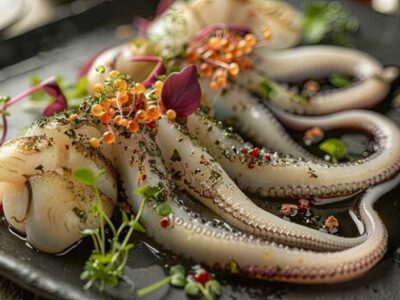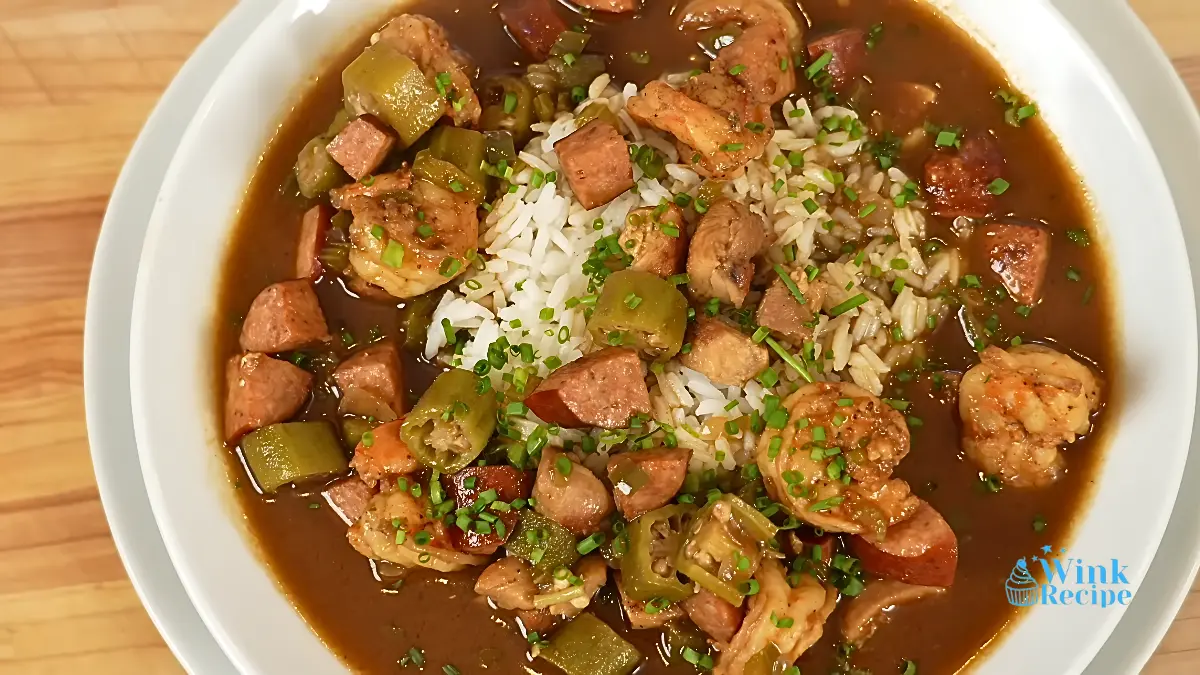Wagyu beef has earned a reputation as one of the world’s most exceptional meats, admired for its rich marbling and delicate flavor. From fine dining restaurants in New York to traditional steakhouses in Osaka, its appeal stretches across cultures. As global demand grows, more producers are embracing the challenge of raising cattle to meet the exacting standards that define Wagyu excellence.
The origins of Wagyu lie in Japan’s centuries-old breeding traditions, where farmers focused on developing cattle with superior intramuscular fat. This meticulous approach resulted in beef with an unmistakable tenderness and buttery taste. When Wagyu genetics spread to other countries, ranchers began blending Japanese techniques with regional practices, creating new expressions of quality that reflect local climates and culinary preferences.
Today, Wagyu comes in many forms, from authentic Japanese A5 cuts to Australian and American varieties with their own distinctive character. Each region’s beef tells a story of heritage and innovation, shaped by the hands that raise and prepare it. For enthusiasts and newcomers alike, exploring these cuts offers a chance to experience one of the most remarkable foods the world has to offer.
The Origins of Wagyu: A Global Journey
Wagyu beef, renowned for its extraordinary marbling and velvety tenderness, traces its heritage to Japan’s native cattle breeds. These animals, carefully bred over centuries, were prized not just for their strength in agriculture but also for their rich intramuscular fat. As culinary traditions evolved, this unique fat composition became a hallmark of luxury dining and an emblem of Japanese gastronomic identity.
In the late 20th century, Wagyu genetics began spreading beyond Japan’s borders, with Australia, the United States, and Europe establishing their own breeding programs. This global expansion sparked new debates about authenticity, labeling standards, and the preservation of traditional practices. While Japanese Wagyu remains the benchmark, many chefs and connoisseurs have come to appreciate the subtle differences in taste and texture created by diverse climates, feed, and production methods abroad.
Today, American Wagyu offers a distinctive take on this heritage, blending Japanese marbling with a heartier flavor profile rooted in its Angus lineage. In the comparison of American Wagyu vs. Japanese Wagyu, key differences emerge in lineage, flavor, and grading. Japanese Wagyu is revered for its ultra-rich, melt-in-your-mouth texture and strict bloodline purity, while American Wagyu reflects a hybrid approach that balances luxurious marbling with a deeper, beefier taste. Regional adaptations have further shaped the character of this prized beef, highlighting the culinary traditions and breeding practices that continue to define Wagyu’s global appeal and influence how the meat is prepared and enjoyed across different cultures.
The Art of Grading: Understanding Marbling and Quality
The allure of Wagyu lies in its marbling, an intricate web of intramuscular fat that gives the meat its signature melt-in-your-mouth sensation. In Japan, the Beef Marbling Standard (BMS) assigns grades from 1 to 12, with higher numbers signifying richer marbling. These grades not only dictate market value but also guide chefs and consumers in selecting the optimal cut for different cooking methods.
Australian and American producers have adopted grading scales inspired by Japan but adapted to local preferences and cattle management practices. For example, Australian Wagyu utilizes a scale up to 9+, reflecting the country’s emphasis on both marbling and yield. Meanwhile, the United States often relies on USDA Prime standards alongside proprietary Wagyu classifications, creating an array of options that can be confusing without guidance.
Understanding these grading systems is essential for appreciating why certain cuts command premium prices. A5 Wagyu from Japan represents the apex of the craft, with nearly snow white marbling and a delicate sweetness. Yet many diners find that lower grades can offer a more balanced richness, especially when prepared thoughtfully. Discerning the subtle differences requires both culinary curiosity and respect for the artisanship behind each cut.
Iconic Cuts: Ribeye, Striploin, and Tenderloin
Among the most sought-after Wagyu cuts, the ribeye stands out for its luxurious marbling and robust flavor. This cut, drawn from the upper rib section, delivers a buttery texture that softens further when cooked over high heat. In fine dining establishments, ribeye is often presented as a showcase of Wagyu’s opulence, offering diners an unforgettable first encounter with its decadent qualities.
The striploin, sometimes called the sirloin or New York strip, provides a slightly leaner experience while retaining the signature Wagyu tenderness. Its balance of fat and meat makes it a versatile option for both grilling and pan-searing. Many chefs prefer striploin for its refined taste, which pairs well with simple accompaniments like sea salt or wasabi, allowing the natural richness to shine.
Tenderloin, the most delicate of the classic cuts, is prized for its velvety consistency and understated flavor. Though it lacks the intense marbling of ribeye or striploin, tenderloin’s texture is unmatched. When prepared correctly, it requires minimal seasoning to reveal its inherent sweetness. Connoisseurs often reserve this cut for special occasions, when only the most exquisite dining experience will suffice.
The Rise of Alternative Cuts: Chuck, Brisket, and Tri Tip
As Wagyu has gained international popularity, chefs have turned their attention to lesser known cuts such as chuck, brisket, and tri tip. Chuck, sourced from the shoulder, contains ribbons of fat that render beautifully during slow cooking. When braised or smoked, chuck achieves a luscious succulence that rivals premium steaks while offering a more approachable price point.
Brisket, a longtime staple of American barbecue culture, has found new life in the world of Wagyu. The unique fat distribution of Wagyu brisket results in an extraordinarily moist and tender final product. Pitmasters who work with this cut often remark on its forgiving nature, as the marbling prevents it from drying out during long cooking sessions. This combination of flavor and texture has made Wagyu brisket a cult favorite among barbecue enthusiasts.
Tri tip, drawn from the bottom sirloin, is another cut gaining traction among chefs seeking creative applications for Wagyu. This triangular muscle offers a satisfying chew and a pronounced beefiness that stands up well to robust marinades and smoking. Though less marbled than ribeye, tri tip’s flavor is deep and complex, making it a compelling choice for adventurous diners.
Wagyu Across Continents: Japan, Australia, and America
Japanese Wagyu remains the gold standard, with prefectures like Kobe, Miyazaki, and Kagoshima producing beef of legendary repute. Each region adheres to strict protocols governing breed purity, diet, and handling, ensuring the final product consistently meets the highest expectations. The result is beef with a delicate sweetness and an unparalleled richness that can transform even simple preparations into extraordinary meals.
Australia has become a major force in Wagyu production, combining Japanese genetics with expansive grazing lands and grain finishing. Australian Wagyu often displays slightly firmer texture and a more pronounced beef flavor compared to its Japanese counterpart. This profile appeals to diners who appreciate marbling but prefer a taste that is less overtly buttery.
American Wagyu, frequently a crossbreed of Japanese Wagyu and Angus cattle, offers a distinctive experience blending tenderness with the boldness of traditional American beef. U.S. ranchers have invested heavily in refining genetics and feed programs to achieve high marbling while maintaining the hearty character prized in American steak culture. The result is an approachable yet luxurious product that continues to grow in global recognition.
Cooking Techniques: From Searing to Sous Vide
Selecting the right cooking method is crucial to realizing the full potential of Wagyu’s extraordinary marbling. High heat searing is the preferred approach for steaks, as it rapidly caramelizes the exterior while preserving the delicate fat within. A cast iron skillet or open flame can impart a crisp crust that contrasts beautifully with the soft interior, creating an unforgettable texture.
Sous vide has become an increasingly popular technique for Wagyu enthusiasts seeking precision. By cooking the meat slowly in a temperature controlled water bath, chefs ensure consistent doneness from edge to center. A quick sear afterward develops the necessary browning, while the interior remains luxuriously tender. This approach also allows for more flexibility in timing, making it ideal for entertaining.
Grilling over charcoal remains a time honored tradition in many cultures. The gentle kiss of smoke adds complexity without overwhelming Wagyu’s delicate flavors. Chefs often recommend minimal seasoning when grilling to highlight the purity of the beef. Whether cooked over embers or finished with a torch, proper technique and respect for the ingredient are essential to achieving excellence.
The Future of Wagyu: Sustainability and Innovation
As Wagyu consumption has surged worldwide, questions about sustainability have moved to the forefront of industry discussions. Intensive grain finishing and long maturation periods require substantial resources, prompting ranchers and researchers to explore more efficient feeding and breeding methods. These innovations aim to reduce the environmental footprint without compromising the exceptional quality that defines Wagyu.
Technology is also transforming how Wagyu is tracked, graded, and marketed. Blockchain and digital traceability tools are being introduced to guarantee provenance and authenticity. Such transparency helps consumers make informed decisions while protecting reputable producers from counterfeit labeling, which has become an increasing concern in the global luxury beef market.
Innovation in culinary applications continues to expand the possibilities for Wagyu. From dry aged cuts to charcuterie and even plant based accompaniments designed to complement Wagyu’s richness, chefs are reimagining how this iconic beef can be enjoyed. As awareness grows, the future of Wagyu will likely blend tradition with forward-looking approaches that honor its heritage while adapting to new demands.

















